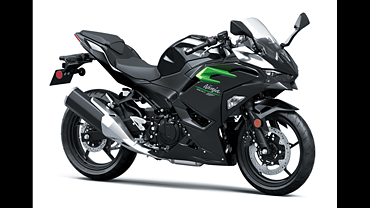How to choose the right engine oil

Lubrication is a bit of a black art. The oil that goes into your engine doesn’t just lubricate it, it also helps clean up emissions and in some cases, maintain fuel efficiency as well. As a result, manufacturers recommend that you use the oil they recommend, and you purchase it at their service outlets. However, if you’re a DIY person and would like to change it yourself, here’s how you can choose your next engine lubricant.
1. Read the manual. The owner’s manual will specify what oil is recommended for your motorcycle. If you want to take the easy way out, stick to what is in the manual.
2. Understand the type of oil you’ll need. There are different oils available for automotive applications – gearboxes in cars also have oil in them; sometimes brake fluid is referred to as ‘brake oil’. However, just like you wouldn’t put cooking oil in your hair, you cannot interchange these oils.
3. Motorcycle engine oils are different. The engine oils developed for cars aren’t the same as the ones developed for motorcycles because of one primary reason – most motorcycles bathe the clutch in the engine oil as well, so they need an element of friction to them. This does not apply to vehicles with CVT transmissions or dry clutches, of course. Look for a JASO specification that complies with motorcycles.
4. What is a specification? A specification is a standard by which an oil can be judged. Even the same kind of oil can have differences because of the many different weather conditions under which it needs to operate. For example, a specific oil might not remain optimum during both winter in the Himalayas and summer in Rajasthan. The two main kinds of specifications are from the American Petroleum Institute (API) and the Japanese Engine Oil Standards Implementation Panel (JASO). Many manufacturers now have their own way of writing standards, but a simple internet search will give you the equivalent API or JASO specification.
5. Grading the oil. This is what puts the ‘W’ in the oil’s rating. The number defines the viscosity of the oil. A single-grade oil will have a single numeral followed by ‘W’, like ‘10W’. A multi-grade oil will have two numerals on either side of the alphabet, for example, ‘10W40’. Your manufacturer will have a recommended oil grade; it is best to stick to that.
6. Additives. A lot of oils have additives in them. These additives can perform, among other things, a detergent function that cleans deposits in the engine, and can prevent corrosion as well. While these aren’t strictly necessary, their presence means a longer-lasting engine in the future.
7. Synthetic or not? The claim to fame for synthetic oils is their resistance to freezing in sub-zero temperatures. The oil companies will have you believe that synthetic oils last longer as well. However, they are an expensive proposition and for most regular applications, mineral oil is perfectly fine. If you’re on the fence about synthetic oils, you can also opt for a blend of the two. These are called semi-synthetic oils.
In conclusion there is a mind-boggling array of choices for engine oil, but don’t stray too far from the manufacturer’s recommended oil and you won’t go wrong.
Gallery
1/1
Engine-oil
Double Tap to Zoom










































































![KTM 390 Adventure X [2025] KTM 390 Adventure X [2025]](https://imgd.aeplcdn.com/272x153/n/cw/ec/190885/390-adventure-x-2025-right-side-view.jpeg?isig=0&q=80)